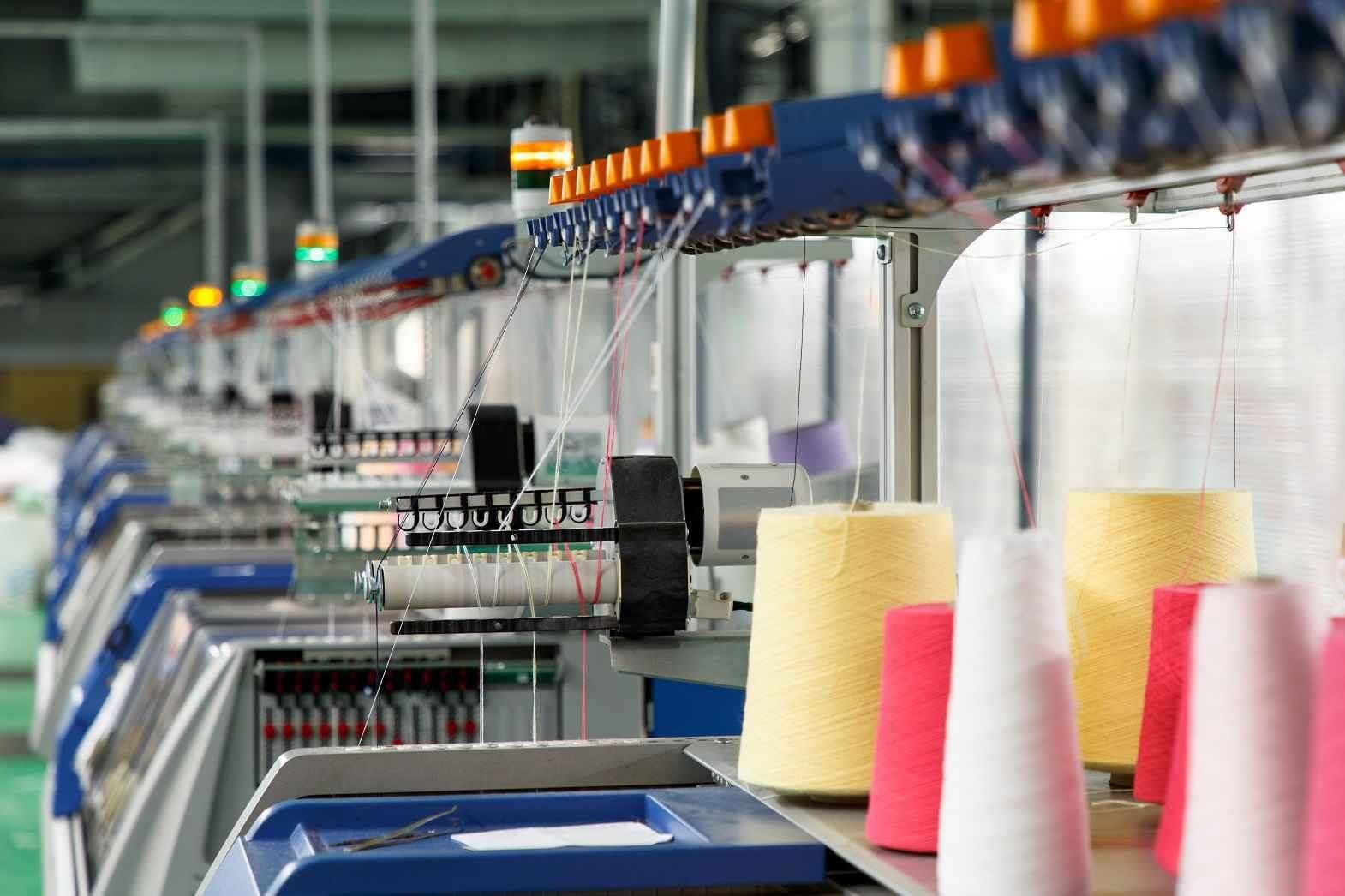With a market value exceeding $100 billion, the Indian textile and apparel industry has carved a niche for itself in the international economy. This dynamic sector has opened direct and indirect job opportunities for over 45 million people and contributes 14 per cent to India’s industrial output. The change of this industry from an unorganised sector to a well-structured one, brought by big textile conglomerates has carved the path for extraordinary opportunities for brands focusing on quality products. Let us understand the increasing role of the Indian textile industry in the global economic scenario and the factors powering its remarkable growth.
India Emerges as a Textile Powerhouse
India has unwaveringly built itself up as a global leader in the textile world and has become the second-largest producer of cotton, silk, and multimode fibre. Besides, it boasts a powerful position in jute production, accounting for roughly 70 per cent of the global output. This competence extends to its vertically integrated production base, second only to China, which includes weaving, spinning, garmenting, and processing. This all-inclusive value chain reinforces India’s leadership in the global textile industry.
India’s Robust Growth Prospects
India, standing as one of the quickest-growing economies in the world has opened doors for the world to discover its industrial prowess. The country is on a road to accomplishing a $5 trillion economy by 2027, and the textile industry plays a key role in this journey. Government programmes like ‘Make in India’ and ‘Atmanirbhar Bharat’ have contributed to backing up domestic manufacturing and furthering exports. With copious raw materials and strong spinning and weaving capacities, India aims to achieve a remarkable 9.6 per cent compound annual growth rate (CAGR) to reach a market value of $ 250 billion by 2030.
Driving Factors for Growth
Several key factors are acting as growth drivers for India’s textile industry. The rising demand for textile products, particularly in the post-COVID era, along with advances in the e-commerce sector and growing customer preferences, are influencing the industry’s course. Also, modernisation in technology, engaging customer experiences, and sustainability practices are set to define the road ahead of retail business.
The ‘China Factor’ has also played a noteworthy role in India’s textile growth story. The recent US ban on Xinjiang cotton has shifted the attention of buyers to other countries providing new opportunities for India in the global market. Moreover, the expected increase in per capita income is bound to boost domestic sales and manufacturing.
Growth Rate and Exports
As reported by the Confederation of Indian Industry (CII), the Indian textile industry exports are projected to cross $ 185 billion by year 2025. Increase in cotton farming, production through industrial expansion will give a boost to the sector. Other factors such as growing demand for lifestyle products, and the expansion of e-retail and organised retail in smaller towns and rural areas will also add to the growth of textile industry. This upward trajectory will create more jobs and attract substantial investments in the sector.
India’s textile and garment exports have been consistently growing, solidifying its position as one of the leading textile exporters globally. The industry exports a wide range of products, including fabrics, cotton textiles, yarn, and ready-made garments, with the United Arab Emirates, the United Kingdom, and the United States and many European countries being the major export destinations.
Several textile technology companies are setting up their new manufacturing facilities, research and development centres in India which also shows a lot of possibilities for India to achieve and grow.
Promoting ‘Brand India’
India’s abundant raw materials, including cotton, jute, silk, and wool, coupled with the world’s second-largest spinning and weaving capacity, provide an exceptional opportunity for domestic value addition. The industry is committed to promoting ‘Brand India’ on a global platform, emphasising sustainability, circularity, ethical sourcing, labour standards, and women’s empowerment through employment.
The recent Kasturi Cotton initiative will also play a significant role in boosting the textile exports of India and provide opportunities for Indian industries and farmers to sell cotton and textiles at premium prices. With more quality certification and 100 per cent traceability of cotton, brand Kasturi will help bringing a textile revolution in India and add to the economic growth of the country.
Conclusion
The Indian textile industry is a major contributor to the country’s economy and has seen exponential growth over the last decade. With supportive government policies, availability of skilled workforce, and technological progress, the industry is confident in its ability to sustain success. Its potential to create more job prospects and increase exports makes it a key player in India’s economic growth. As India’s textile industry continues to progress, it is expected to leave an even more significant mark on the global podium.








Comments